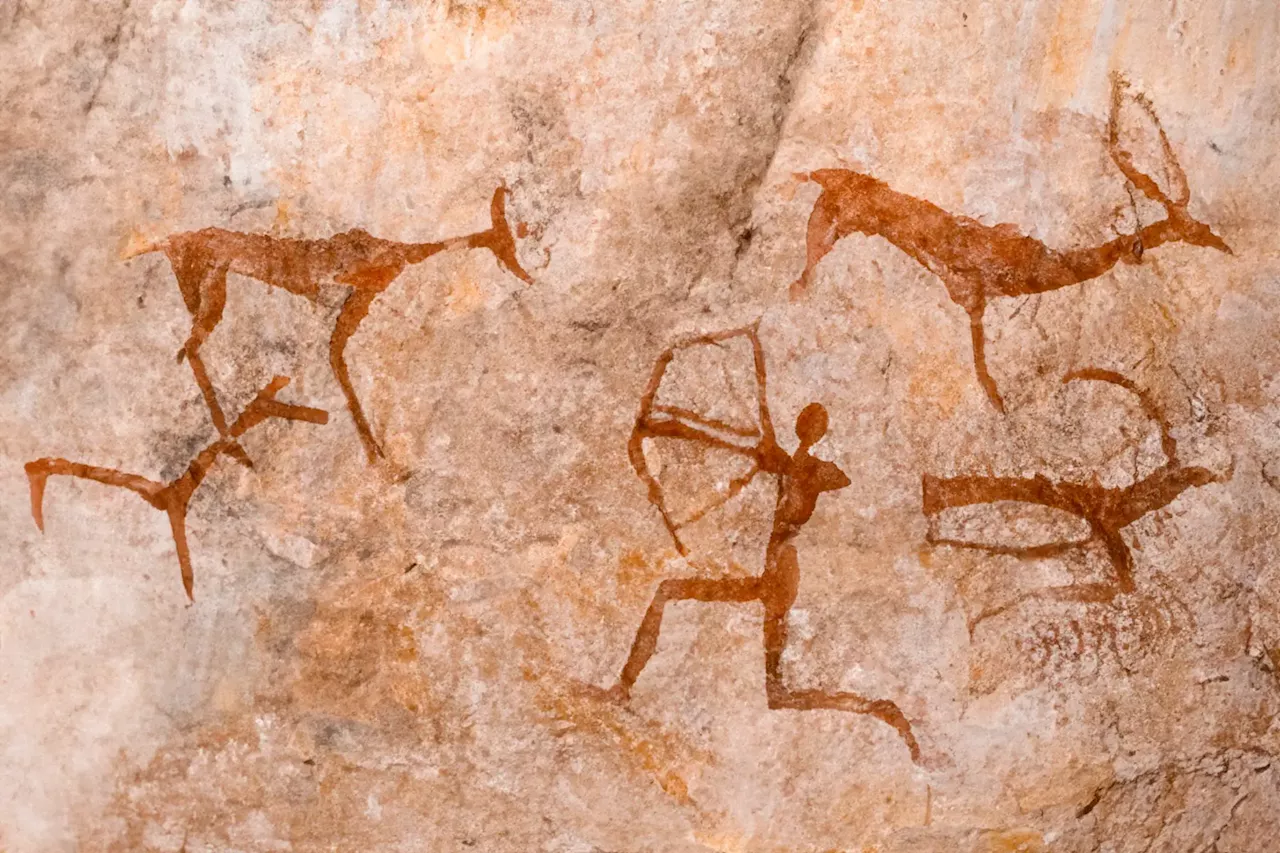Science, Space and Technology News 2023
We and our partners use cookies to Store and/or access information on a device. We and our partners use data for Personalised ads and content, ad and content measurement, audience insights and product development. An example of data being processed may be a unique identifier stored in a cookie. Some of our partners may process your data as a part of their legitimate business interest without asking for consent.
But that story’s not true, according to research by University of Delaware anthropology professor Sarah Lacy, which was recently published inLacy and her colleague Cara Ocobock from the University of Notre Dame examined the division of labor according to sex during the Paleolithic era, approximately 2.5 million to 12,000 years ago. Through a review of current archaeological evidence and literature, they found little evidence to support the idea that roles were assigned specifically to each sex.
The team highlighted the role of the hormone estrogen, which is more prominent in women than men, as a key component in conferring that advantage. Estrogen can increase fat metabolism, which gives muscles a longer-lasting energy source and can regulate muscle breakdown, preventing muscles from wearing down. Scientists have traced estrogen receptors, proteins that direct the hormone to the right place in the body, back to 600 million years ago.
Lacy points to that gender bias by previous scholars as a reason why the concept became widely accepted in academia, eventually spreading to popular culture. Television cartoons, feature films, museum exhibits, and textbooks reinforced the idea. When female scholars published research to the contrary, their work was largely ignored or devalued.
